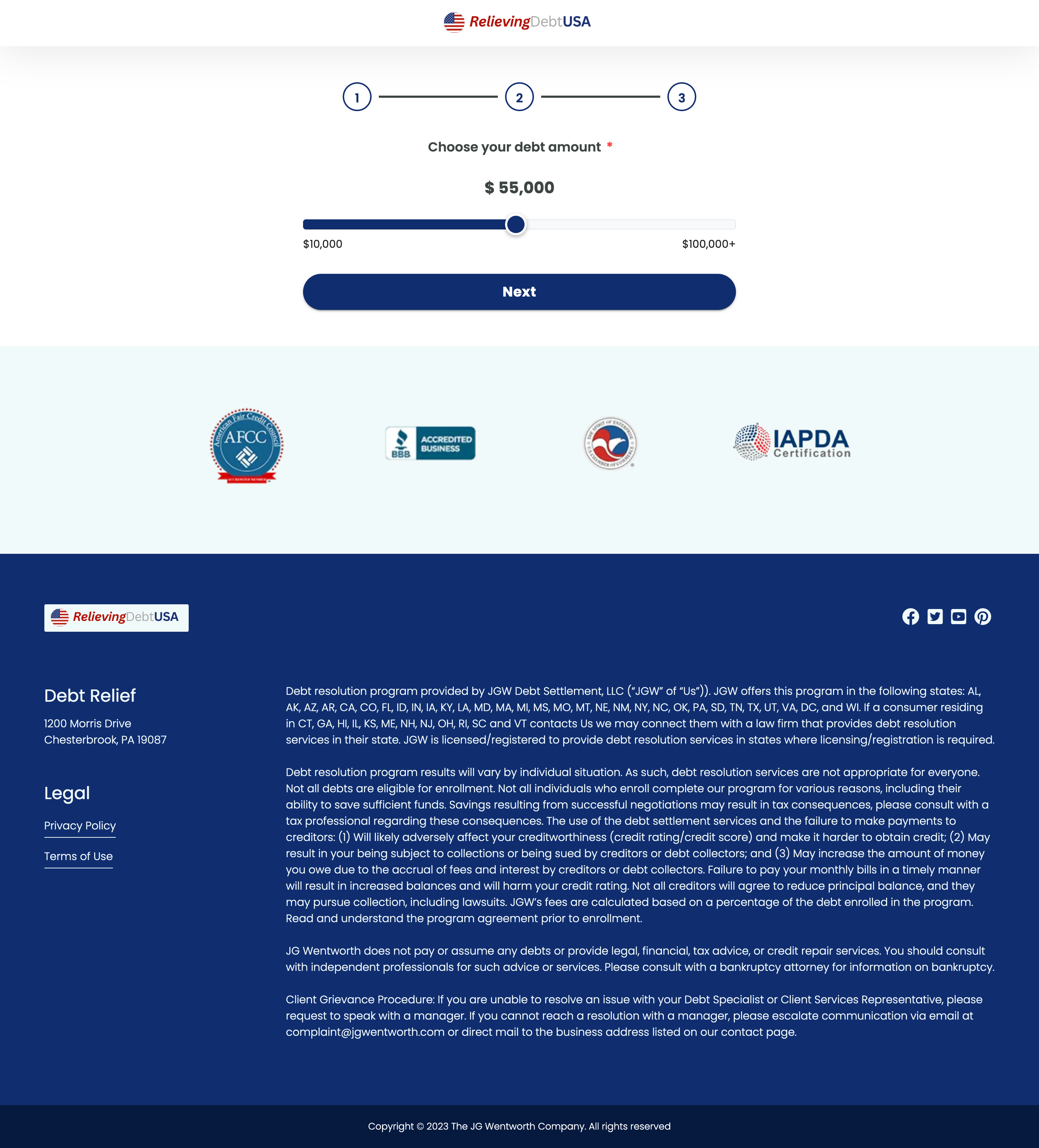How to Analyze Competitor Conversion Funnels Using Landing Page Ripper
Table of Contents
- Introduction
- Importance of Analyzing Competitor Funnels
- Tools Required
- Step-by-step Guide to Analyzing Competitor Conversion Funnels
- Conclusion
Introduction
In the competitive world of digital marketing, understanding and analyzing your competitor’s conversion funnels can give you invaluable insights. By learning from their strategies, strengths, and weaknesses, you can optimize your own marketing funnel to increase conversion rates. In this article, we will explore how to effectively analyze competitor conversion funnels using the Landing Page Ripper tool, a powerful Chrome extension designed to effortlessly capture and download landing page content.
Importance of Analyzing Competitor Funnels
Analyzing competitor conversion funnels allows you to see what is working for others in your industry. This analysis provides a deeper understanding of market trends, successful design elements, and effective calls to action. By examining your competitors’ strategies, you can identify areas where you can improve your own conversion funnels and differentiate your brand from others.
Tools Required
To effectively analyze competitor conversion funnels, you will need several tools. First and foremost, Landing Page Ripper is essential as it allows you to capture complete landing pages, including HTML, CSS, and images, offline. Additionally, you might require tools like Google Analytics, SEMrush, and Hotjar for further data analysis and user behavior tracking.
Step-by-step Guide to Analyzing Competitor Conversion Funnels
Identify Top Competitors
The first step in analyzing competitor conversion funnels is to identify who your competitors are. You can use tools like SEMrush or Ahrefs to determine which companies are competing for your target keywords. List down the top competitors whose marketing strategies are worth analyzing.
Access and Analyze Landing Pages
Using Landing Page Ripper, you can download and save your competitors’ landing pages. This Chrome extension enables you to download the complete structure of a landing page, allowing you to closely analyze design, layout, content, and imagery. Review these elements to understand what tactics your competitors are implementing to capture user interest.
Evaluate Conversion Elements
Focus on evaluating critical conversion elements present on the landing pages. This includes the headline, call-to-action buttons, forms, trust signals, and value propositions. Determine the effectiveness of these elements by assessing how they guide users to the desired action. Recognize the nuances that make these conversions effective.
Analyze User Experience
Beyond content and design, user experience plays a vital role in conversion success. Use tools like Hotjar to gain insights into user interactions with the landing page. Observe heatmaps, session recordings, and user feedback to determine the ease of navigation and detect potential usability issues that could affect the conversion rate.
Compare Data and Find Gaps
Once you’ve gathered data on your competitors’ conversion funnels, compare it with your own funnel data. Identify gaps and opportunities for improvement. Which elements are missing from your funnel that could enhance conversion rates? Develop hypotheses based on these insights, and perform A/B testing to validate improvement strategies.
Conclusion
Effectively analyzing competitor conversion funnels equips you with the knowledge to refine your own marketing strategies. Tools like Landing Page Ripper, a powerful landing page downloader, make it easy to gather data and gain insights into competitor tactics. By scrutinizing their conversion elements and user experiences, and comparing them with your strategies, you can uncover new opportunities to optimize your own conversion funnels and drive better results.









